
Mine

| River Teeth Literary Nonfiction Prize
Daniel Lehman and Joe Mackall, SERIES EDITORS |
The River Teeth Literary Nonfiction Prize is awarded to the best work of literary nonfiction submitted to the annual contest sponsored by River Teeth: A Journal of Nonfiction Narrative.
Also available in the River Teeth Literary Nonfiction Prize series:
Rough Crossing: An Alaskan Fisherwomans Memoir by Rosemary McGuire
The Girls in My Town: Essays by Angela Morales
Mine

essays
Sarah Viren
University of New Mexico Press Albuquerque
Albuquerque
2018 by Sarah Strozier Viren
All rights reserved. Published 2018
Printed in the United States of America
Library of Congress Cataloging-in-Publication Data
Names: Viren, Sarah, 1979 author.
Title: Mine: Essays / Sarah Viren.
Description: First edition. | Albuquerque: University of New Mexico Press, [2018]
Identifiers: LCCN 2017036425 (print) | LCCN 2017043458 (ebook) | ISBN 9780826359551 (E-book) | ISBN 9780826359544 (softcover: acid-free paper)
Classification: LCC PS3622.I73 (ebook) | LCC PS3622.I73 A6 2018 (print) | DDC 814/.6dc23
LC record available at https://lccn.loc.gov/2017036425
Cover photo courtesy of the author
Designed by Felicia Cedillos
Contents
how should I define the limits of my concern the boundary between mine and not-mine
Monica Youn
My Murderers Futon

THE FUTON WAS cheaply made. Faux-brass knobs accented its armrests, and its lacquered wood finish had begun to chip away. Its metal rib cage pushed through a thin white mattress, kneading my back while I slept at night. In the morning I would wake to the slight stench of mildew from the cushioning by my head. Lying there I wondered if he, too, had been bothered by the smell.
Beside the futon I kept his alarm clock, and in the kitchen were his table and chairs. They were light-colored, likely maple, and some days I could almost see him there, sitting just as I did, alone in the morning, pouring myself cereal, staring at the wall molding. The TV I am certain he used, flipping through the channels until he found a stock and finance show. That is what was on the morning of the killing, at least according to court testimony. In my apartment his TV sat above his VCR on a metal bookshelf that my mother had bought me when she came to visit and realized that I had nothing of my own in my new place. She had bought me a Target standing lamp as well, but it was his white lamp that I plugged in near the front door. When I got home at night after work and turned it on, it was his light that exposed my home to me.
Robert Durst was not a murderer, at least not legally speaking. He was a billion-dollar real estate heir who went missing from his New York apartment in 2000. He showed up on Galveston Island in Texas some time later, transformed, albeit unconvincingly, into a mute woman named Dorothy Ciner. Rather than talk, they say, he would write down messages on a piece of paper. He rented a studio apartment from a tall German named Klaus and lived quietly on the island for almost a year.
Then one September afternoon in 2001, a father and son were fishing in Galveston Bay when they happened upon the dismembered torso of a man in a garbage bag. In those same waters, police later found five black plastic bags containing a .22 caliber automatic pistol, the plastic cover for a bow saw, and two human arms and legs wrapped in old copies of the Galveston County Daily News. The newspapers had Dursts address on the mailing label. Nine days later Durst was arrested for the murder of his sixty-one-year-old neighbor, Morris Black.
Police claimed Durst had been living in Galveston, disguised as a woman, while hiding out from officers in California who wanted to question him about another murder: the shooting of his best friend Susan Berman on Christmas Eve of 2000. Before she was killed, Berman had been about to talk to police regarding the mysterious disappearance of Dursts first wife, Kathie, twenty-three years earlier. But today Durst cannot be called a murderer. In fact my calling his futon a murderers futon is quite possibly slander, at least legally speaking. Still, that is what I called it: my murderers futon.
I moved to Galveston from Florida in 2003, three years after Durst had arrived. Galveston is an island south of Houston that was once nicknamed the Wall Street of the South, though these days it is better known as one of three things: a cheap beach resort, the name of a Glen Campbell song, or the site of one of the deadliest natural disasters in United States history. On a September day in 1900, a Category 4 hurricane rose from the ocean and smothered the thirty miles of paved roads, stately houses, electric streetcars, and beachfront hotels that were Galveston Island. When the hurricanes waves retreated, they left behind close to eight thousand dead bodies and barren flat land where mansions once held sway. The island never regained its charm. And that feeling of revoked regality, that hint of death, was still palpable when I moved there. A friend of mine, a poet, came to visit me once and said she could taste ghosts in the air. Sensible people said nonsensical things like that all the time in Galveston.
I had moved there for a job. After graduating from college I decided that all I really wanted was to be a newspaper reporter. My first try was with a weekly paper called the Boca Beacon on a small island in Floridaa place where everyone drove golf carts and the news often meant covering dog shows and performances by retired Whiffenpoof singers. So when an editor at the Galveston County Daily News, a friend of a photographer I knew in Florida, called with a job offer at his paper, I said yes without hesitation, quit my Florida island job, sold all my things, and moved alone to start a new life in Galveston.
I found my apartment through a classified ad posted by a tall German named Klaus. It was a one-bedroom shotgun that hung from the side of a renovated Victorian house a few blocks from the historic downtown. Two blocks away was a bed-and-breakfast run by a former Playboy bunny. Ten blocks south of that you hit the Seawall and beyond that the beach. In the mornings prostitutes walked the ocean line, offering what one Houston weekly had called a blow job on the way to work. In the evenings they were replaced by Segways and packs of pasty families. The rest of the island was filled with empty cotton sheds and port piers, strip malls and T-shirt shops, renovated lofts, new swanky restaurants, and too many abandoned beach houses.
When I met Klaus what I noticed first was how perfectly square his jaw was and how tightly he had knotted the red handkerchief around his head. He always wore that handkerchief and, together with his tool belt, it gave him the look of a pirate moonlighting as a carpenter, which was not altogether inappropriate given that Galveston was once a famous hideout for the French pirate Jean Lafitte.
Klaus was close to fifty and had owned a chain of beauty shops in Houston before selling them and investing that money in Galveston real estate, which everyone said was about to boom. In 2000 he rented one of his apartments to a deaf woman named Dorothy Ciner. It was several miles from the one he would rent to me three years later. But after the arrest, after the police confiscated all of Robert Dursts belongings, after they ripped up the floorboards in his rented apartment and drilled through the walls looking for evidence, they gave Dursts confiscated furniture to Klaus, and Klaus moved it to an extra garage a few blocks from the apartment that I would later rent from him.
Next page


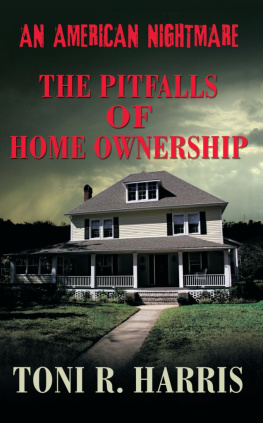
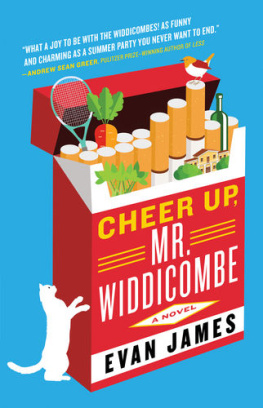
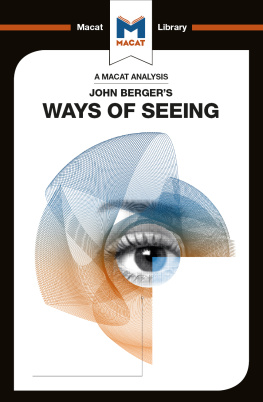
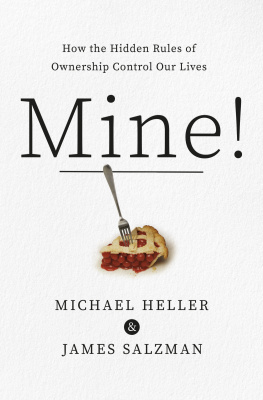

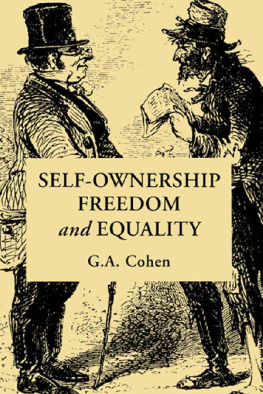
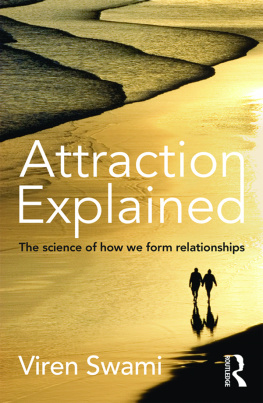
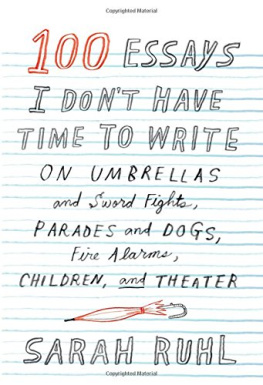
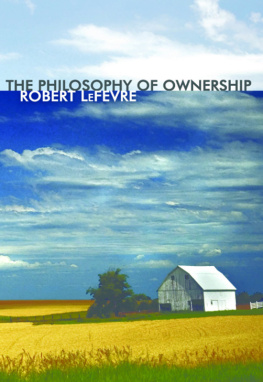



 Albuquerque
Albuquerque